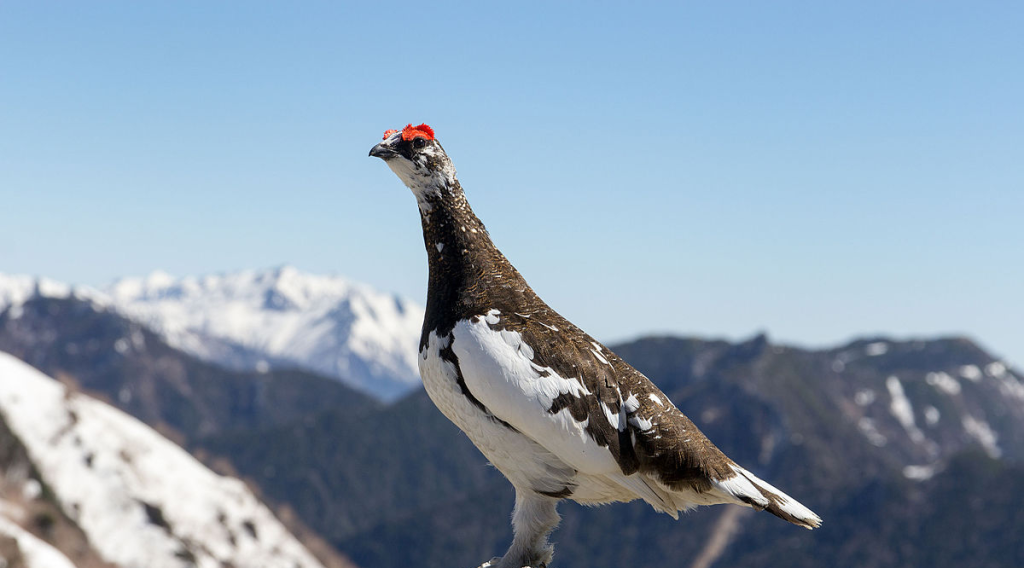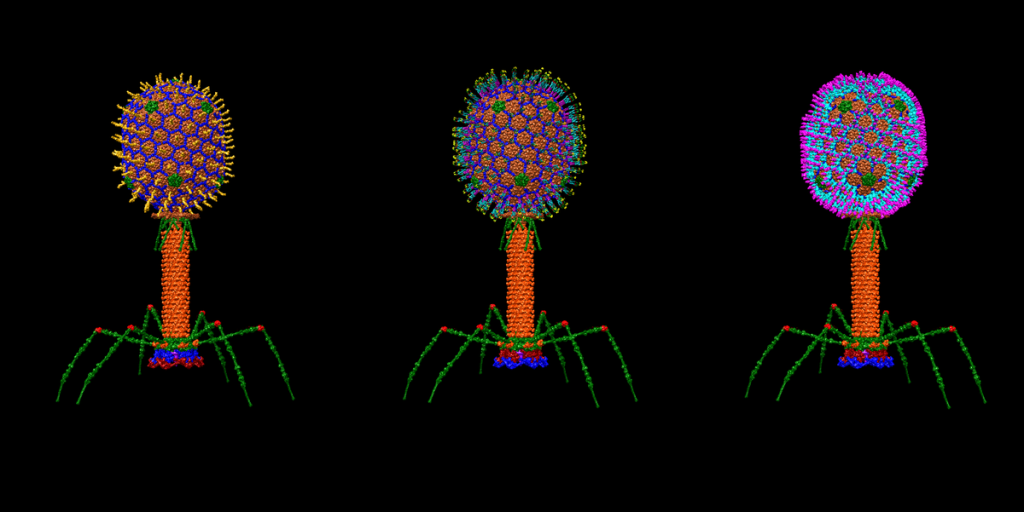The polar regions of the planet have got a lot of attention in past years, with news stories showing various polar bears on various shrinking bits of ice, and Sir David Attenborough narrating about how hardy penguins tough it out through icy storms to raise their fluff-ball babies. Containing some of the earth’s most fragile ecosystems, which are in parts still untouched by humans, the poles are a source of great interest to researchers and explorers everywhere. It might seem odd then that no one actually really knows what the Arctic, the northern of the two poles, is.

For a bit of context let’s look at the other side of the planet first. The Antarctic in the south is an area of land almost completely covered in permanent ice. Because of this, it is almost impossible for plants to survive so only two species exists on the entire continent. The lack of plants means that the animals here rely on the sea for food, so animal wildlife is restricted to seals, whales, penguins and other birds. When you move inland away from the coast, the Antarctic is basically lifeless.

As a landmass, it is pretty easy to say where the Antarctic starts and ends i.e, stop when you hit the water. ‘The Arctic’ on the other hand is a bit more all over the place. As the useful (though sometimes questionable) Wikipedia vaguely says- the Arctic is a “polar region located at the northernmost part of Earth”. This covers Northern Russia, Greenland, parts of Canada and Alaska, and parts of northern Europe. It also includes the sea between all these places, which seasonally freezes into an ice sheet. The wildlife in the Arctic is a little more diverse than in the south, with species like polar bears, moose, reindeer, Arctic foxes and lots of plants which grow in areas where the snow melts in summer. Unlike the Antarctic, the Arctic crosses countries, continents and oceans and is home to many distinct groups of people both in terms of nationality and indigenous cultures. Because of all this, where the Arctic starts and ends hasn’t actually been agreed on by everyone.

Describing it as “that bit in the north” though is not exactly professional sounding when it comes to writing policies, doing research and generally when people want to sound like they know what they are talking about, so a few different suggestions for what ‘The Arctic’ is do exist:
- The Arctic Circle- This is a line of latitude at 66o, 33’. Some say everything north of this is the Arctic! This particular line of latitude was chosen as it marks the point going north at which the sun does not set on the summer solstice, and does not rise on the winter solstice. It seems alright until you notice the capital of Greenland, which the largest ice sheet outside of Antarctica, isn’t included in this area. Awkward.
- The 10oC Isotherm- This is the area in which the average temperature in the warmest month (July) is below 10oC. This includes all of Greenland (yay!), but cuts out most of Alaska (oh..), and with changing weather and temperatures who knows where this line will be in 50 years.
- The treeline– Quite simply, the point at which trees can’t grow anymore because it’s too cold. You can get this going north, but you also get treelines going up high mountains. Treelines are also changing with warmer weather up north so, not a super set definition.
- Continuous Permafrost- Permafrost is the aptly named permanent frost that doesn’t melt away over summer. Where this begins in the north is another Arctic definition. However, in places this is also now starting to melting- so how perma is this definition?
- Human definitions- The Arctic is also associated with certain cultural identities. The Inuit (a broad term for culturally similar indigenous peoples in the US, Canada and Greenland, similar to how we might use the term ‘Mediterranean’ or ‘Scandinavian’) live in many areas south of all these definitions and yet are often considered to be Arctic peoples.

Which definition is used changes with each research project, policy document and individual sense of identity. In my work in Arctic Ecology, this means I occasionally have to stare at a map and scrunch my forehead for a while when trying to decide where I can include in my research, and I often try to pick places just that little bit further north to be on the safe side.
So there you are. Now you can confidently not really know what the Arctic is and where it may or may not start. Perhaps not the most satisfying ending to an article but it does embody the saying of “the more you learn the less you know”!
If you want to know more:
Music: kongano.com
Title Image: Ish Consul/Pixahive/CC0




Leave a comment